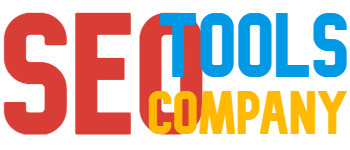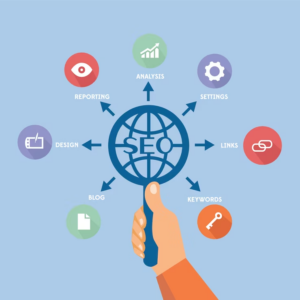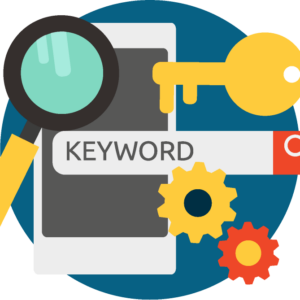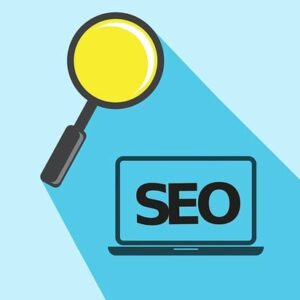Introduction
On-page optimization is a critical aspect of search engine optimization (SEO). It refers to the various techniques that are used to optimize the content and structure of a website for better search engine rankings. These techniques include optimizing the content, meta tags, images, internal linking, and other elements of a website. In this article, we will discuss the importance of on-page optimization techniques and the benefits of implementing them.
Importance of On-Page Optimization Techniques
On-page optimization techniques are important for several reasons. The following are some of the most important reasons why on-page optimization is crucial for the success of a website:

Better Search Engine Rankings
One of the primary goals of on-page optimization is to improve the search engine rankings of a website. By optimizing the content and structure of a website, it becomes easier for search engines to understand what the website is about and rank it accordingly. This can result in higher visibility and more traffic to the website.
Improved User Experience
On-page optimization also plays a crucial role in improving the user experience of a website. By optimizing the content, images, and other elements of a website, it becomes easier for users to navigate the website and find what they are looking for. This can result in higher engagement and more conversions.
On-page optimization can also help to increase the authority of a website. By optimizing the content and structure of a website, it becomes more valuable and useful to users, which can result in more backlinks and social shares. This can, in turn, improve the overall authority and credibility of the website.
Cost-Effective
On-page optimization is a cost-effective way to improve the performance of a website. Unlike paid advertising or other forms of marketing, on-page optimization techniques are typically free or low-cost and can deliver long-term results.
On-Page Optimization Techniques
Now that we have discussed the importance of on-page optimization, let’s take a look at some of the most effective on-page optimization techniques.
Keyword Research
Keyword research is one of the most important on-page optimization techniques. It involves identifying the keywords and phrases that people are searching for in relation to your website and incorporating them into your content. By doing so, you can ensure that your website appears in search results when people search for those keywords.
When conducting keyword research, it is important to focus on both short-tail and long-tail keywords. Short-tail keywords are shorter and more generic, while long-tail keywords are longer and more specific. Incorporating both types of keywords into your content can help to improve the relevance and visibility of your website.
Content Optimization
Content optimization involves optimizing the content on your website to make it more valuable and useful to users. This includes using keywords and phrases in your content, optimizing your headlines and subheadings, and incorporating images and other media into your content.
When optimizing your content, it is important to focus on creating high-quality content that is both informative and engaging. This can help to improve the user experience of your website and increase the likelihood of conversions.
Meta tags are HTML tags that provide information about a website to search engines. There are several types of meta tags, including title tags, description tags, and header tags. Optimizing these tags can help to improve the relevance and visibility of your website in search results.
Title tags should include the primary keyword or phrase for the page and should be no more than 60 characters in length. Description tags should provide a brief summary of the page’s content and should be no more than 155 characters in length. Header tags should be used to structure the content of the page and should include the primary keyword or phrase.
Image Optimization
Image optimization involves optimizing the images on your website to improve the user experience and search engine rankings. This includes using descriptive filenames, alt tags, and captions for your images. By doing so, search engines can better understand the content of your images and index them accordingly.
It is also important to optimize the size and format of your images to ensure that they load quickly and do not slow down your website. This can help to improve the user experience of your website and reduce bounce rates.
Internal Linking
Internal linking involves linking to other pages on your website within your content. This can help to improve the user experience of your website by making it easier for users to navigate and find related content. It can also help to distribute link equity throughout your website and improve the authority of your website as a whole.
When internal linking, it is important to use descriptive anchor text that accurately reflects the content of the linked page. This can help to improve the relevance and visibility of your website in search results.
Benefits of On-Page Optimization Techniques
Implementing on-page optimization techniques can provide a wide range of benefits for your website. The following are some of the most important benefits of on-page optimization:
Improved Search Engine Rankings
One of the primary benefits of on-page optimization is improved search engine rankings. By optimizing the content and structure of your website, you can make it easier for search engines to understand what your website is about and rank it accordingly. This can result in higher visibility and more traffic to your website.
Increased Website Traffic
On-page optimization can also help to increase website traffic by improving the relevance and visibility of your website in search results. This can result in more organic traffic to your website, which can help to reduce your reliance on paid advertising and other forms of marketing.
Improved User Experience
On-page optimization can also help to improve the user experience of your website. By optimizing your content and structure, you can make it easier for users to navigate your website and find what they are looking for. This can result in higher engagement and more conversions.
On-page optimization can also help to increase the authority of your website. By creating high-quality content and optimizing your website for search engines, you can make your website more valuable and useful to users. This can result in more backlinks and social shares, which can improve the overall authority and credibility of your website.
Cost-Effective
On-page optimization is a cost-effective way to improve the performance of your website. Unlike paid advertising or other forms of marketing, on-page optimization techniques are typically free or low-cost and can deliver long-term results.
Conclusion
On-page optimization is a critical aspect of search engine optimization (SEO). By optimizing the content and structure of your website, you can improve search engine rankings, increase website traffic, improve the user experience, increase website authority, and do so in a cost-effective manner. Implementing on-page optimization techniques requires a combination of technical and creative skills, but the benefits can be significant. If you’re looking to improve the performance of your website, on-page optimization is a great place to start.




